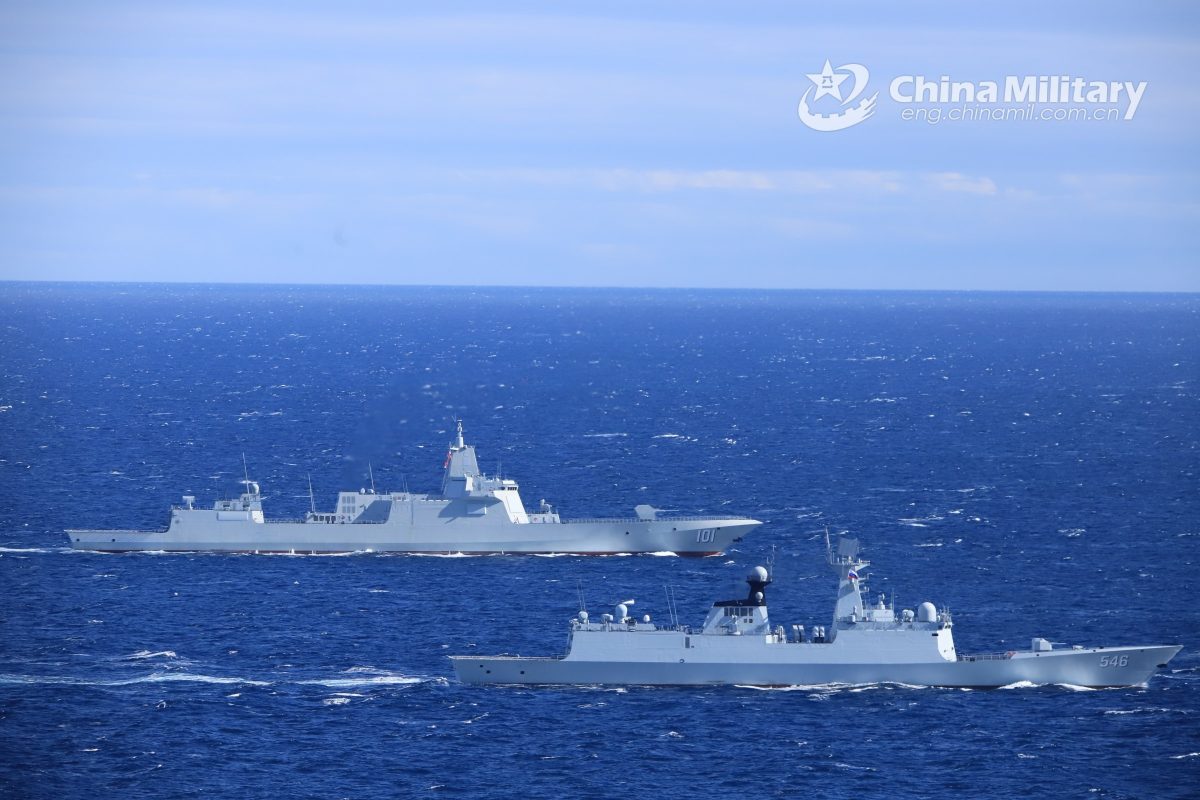In the 1980’s, while reporting from the United Nations headquarters in New York, I had the opportunity to hear first-hand Nicaraguan strongman Daniel Ortega’s comments. It was evident he was a dangerous man then. After an absence of many years, he is back in power, and more dangerous than ever.
A Washington Examiner article quotes a warning from ,”Taiwanese Vice Foreign Minister Alexander Yui that China is seeking to establish a naval post in Nicaragua, easily within striking distance of Florida and America’s Gulf Coast. It is part of a growing presence of Russian and Chinese forces in the western hemisphere.
The Communist-friendly regime of Daniel Ortega replaced its relationship with Taiwan with the Beijing regime last December. It is part of growing trend, with Costa Rica, Panama, the Dominican Republic and El Salvador also establishing relations with Beijing.
The Council on Hemispheric Affairs notes that “ The strengthening of Chinese ties with Western Hemisphere partners in a forum without US presence comes as a red flag for US hegemony and control over its own “backyard,” which, since the Monroe Doctrine of 1823, has been firmly fenced off from other “external” global actors seeking influence in the region.”
The Military Times has reported that “Within days of the conclusion of the Nov. 15 [2021] virtual summit between President Joe Biden and Chinese President Xi Jinping, news broke that China had been secretly integrating military capability into a commercial terminal operated by Chinese shipping company COSCO at Khalifa port in the United Arab Emirates.”
This is similar to what will clearly occur in Latin America, and the problem is growing exponentially. In June, the Ortega regime invited Russian troops, planes and ships to Nicaragua.
Lorena Baires writes that “The region has reason to feel threatened. Nicaragua bought offensive as opposed to defensive armament from the Russians. The 80 tanks that it acquired are perfectly suited for armed entry into any of the capitals of Central America,” former opposition lawmaker, lawyer, and political analyst Eliseo Núñez told Diálogo. ‘The Russians in Nicaragua, with conventional and technological military capabilities, are a danger to the region. We already see what is happening in Costa Rica with hackers blocking the internet […], who coincidentally are from Russia.’ The decree includes the entry of …Russian military personnel, on a rotating basis, to participate in “experience exchanges and conduct training in humanitarian aid operations” with the Nicaraguan Army’s Special Operations Command.”
Little or no reaction is expected from the Biden Administration. It’s a marked contrast to the last time Ortega sought to bring Russian forces into his nation, in part to bolster his authoritarian regime against internal freedom fighters. That occurred in 1986. Then-President Ronald Reagan warned that “Using Nicaragua as a base, the Soviets and Cubans can become the dominant power in the crucial corridor between North and South America. Established there, they will be in a position to threaten the Panama Canal, interdict our vital Caribbean sealanes, and, ultimately, move against Mexico. Should that happen, desperate Latin peoples by the millions would begin fleeing north into the cities of the southern United States or to wherever some hope of freedom remained… How can such a small country pose such a great threat? Well, it is not Nicaragua alone that threatens us, but those using Nicaragua as a privileged sanctuary for their struggle against the United States. Their first target is Nicaragua’s neighbors. With an army and militia of 120,000 men, backed by more than 3,000 Cuban military advisers, Nicaragua’s Armed Forces are the largest Central America has ever seen. The Nicaraguan military machine is more powerful than all its neighbors combined.”
Jean Manes, the civilian deputy commander of U.S. Southcom, recently warned that in addition to the military challenge, China’s presence also poses environmental and economic threats. China has overfished its own waters and is now destroying local fishing communities in the Western Hemisphere.
Photo: The Chinese PLA Navy’s missile destroyer Nanchang, the missile frigate Yancheng and the supply ship Dongpinghu, which are participating in the Vostok-2022 strategic command post exercise in Russia’s Eastern Military District, conduct a ship-to-air live-fire training exercise at related waters in the Sea of Japan on the afternoon of September 2, local time. (photo by Wang Zezhou)
